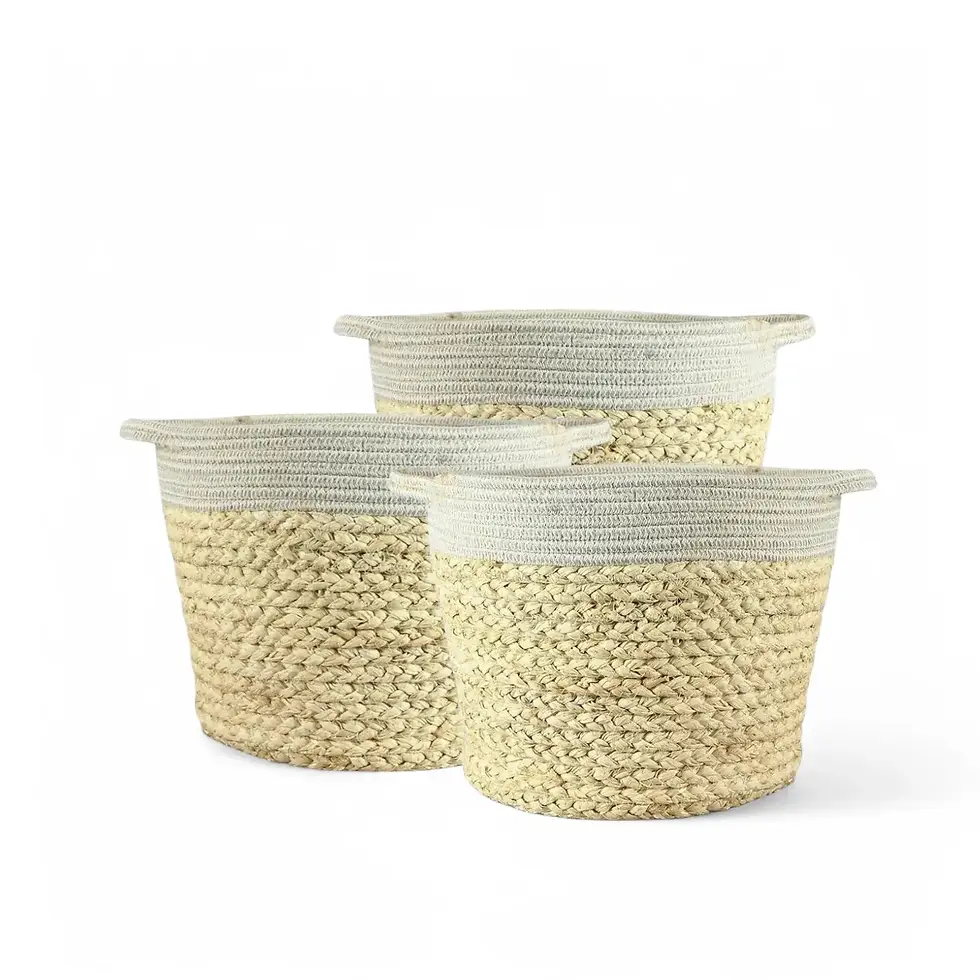Monstera deliciosa var. borsigiana 'Aurea Variegata' - Care Guide, Key Features, and Expert Tips
Monstera deliciosa var. borsigiana 'Aurea Variegata' is a rare and highly coveted tropical plant renowned for its vibrant yellow variegated leaves and iconic fenestrations. Native to the rainforests of Central and South America, this stunning climber brings a touch of the exotic indoors, making it a centerpiece in any plant collection.
Key Features of Monstera deliciosa var. borsigiana 'Aurea Variegata'
- Vibrant Variegation: Showcases a mix of deep green and bright yellow variegation, with each leaf displaying a unique pattern.
- Fenestrations: Features characteristic natural holes and splits that become more pronounced with maturity, enhancing its tropical appeal.
- Impressive Size: Leaves can reach up to 90 cm in length, creating a dramatic focal point.
- Climbing Habit: Equipped with aerial roots, it thrives with a moss pole or trellis to support its upward growth.
Monstera 'Aurea Variegata' Complete Care Guide
→ Light Requirements for Optimal Growth
- Prefers bright, indirect light to maintain vibrant variegation. Avoid direct sunlight to prevent leaf scorch.
- Low light may cause the variegation to fade and slow down growth.
→ Watering Best Practices
- Water when the top 2-3 cm of soil feels dry. Ensure proper drainage to prevent root rot.
- Reduce watering in winter as growth slows.
→ Maintaining Ideal Humidity Levels
- Thrives in humidity levels of 60%-80%. Use a humidifier if necessary to prevent brown leaf edges.
- Avoid misting, which can lead to fungal issues.
→ Recommended Soil and Potting Mix
- Use a well-draining mix of orchid bark, perlite, and coco coir to ensure aeration and prevent waterlogging.
- Repot every 1-2 years or when root-bound.
→ Fertilization Tips for Healthy Growth
- Apply a balanced, water-soluble fertilizer every 4-6 weeks during the growing season.
- Avoid over-fertilizing, which can cause leaf burn and reduce variegation.
→ Supporting Its Climbing Habit
- Provide a moss pole or trellis to encourage vertical growth and larger leaves.
- Attach aerial roots to the support to mimic natural climbing behavior.
Common Issues and Effective Solutions
→ Yellowing Leaves: Causes and Fixes
- Cause: Often due to overwatering or poor drainage.
- Solution: Allow the soil to dry between waterings and ensure the pot has adequate drainage holes.
→ Browning Leaf Edges: Prevention and Care
- Cause: Low humidity or direct sunlight.
- Solution: Increase humidity and relocate to a spot with bright, indirect light.
→ Managing Common Pests
- Pests: Spider mites, mealybugs, and scale insects.
- Solution: Regularly inspect and treat with insecticidal soap , neem oil, or use beneficial insects.
→ Preventing and Treating Root Rot
- Ensure well-draining soil and adjust watering schedule.
- Trim affected roots and repot if necessary.
→ Propagation Tips
- Propagate using stem cuttings with at least one node. Root in water or moist soil until roots develop.
- Maintain high humidity and bright, indirect light for successful propagation.
Etymology of Monstera deliciosa var. borsigiana 'Aurea Variegata'
The genus name Monstera originates from the Latin word 'monstrum,' alluding to its massive leaves and dramatic fenestrations. The variety name borsigiana honors Moritz Borsig, a German botanist, while 'Aurea Variegata' refers to the golden-yellow variegation that distinguishes this plant.
Frequently Asked Questions about Monstera deliciosa var. borsigiana 'Aurea Variegata'
- How can I encourage more variegation? Variegation is genetically determined. Maintain bright, indirect light to prevent reversion to green.
- Why are my leaves turning yellow? Likely due to overwatering or poor drainage. Check soil moisture and adjust watering habits.
- Is it toxic to pets? Yes, mildly toxic if ingested. Keep out of reach of pets and children.
Order Monstera deliciosa var. borsigiana 'Aurea Variegata' Today!
Transform your indoor space with the vibrant Monstera deliciosa var. borsigiana 'Aurea Variegata'. Its striking variegation and bold leaves make it a must-have for plant enthusiasts. Order now to add this rare beauty to your collection!
Monstera deliciosa var. borsigiana 'Aurea variegata'
Monstera deliciosa var. borsigiana 'Aurea variegata' comes in a ⌀ 17 cm pot and is approximately 30 cm tall

























































